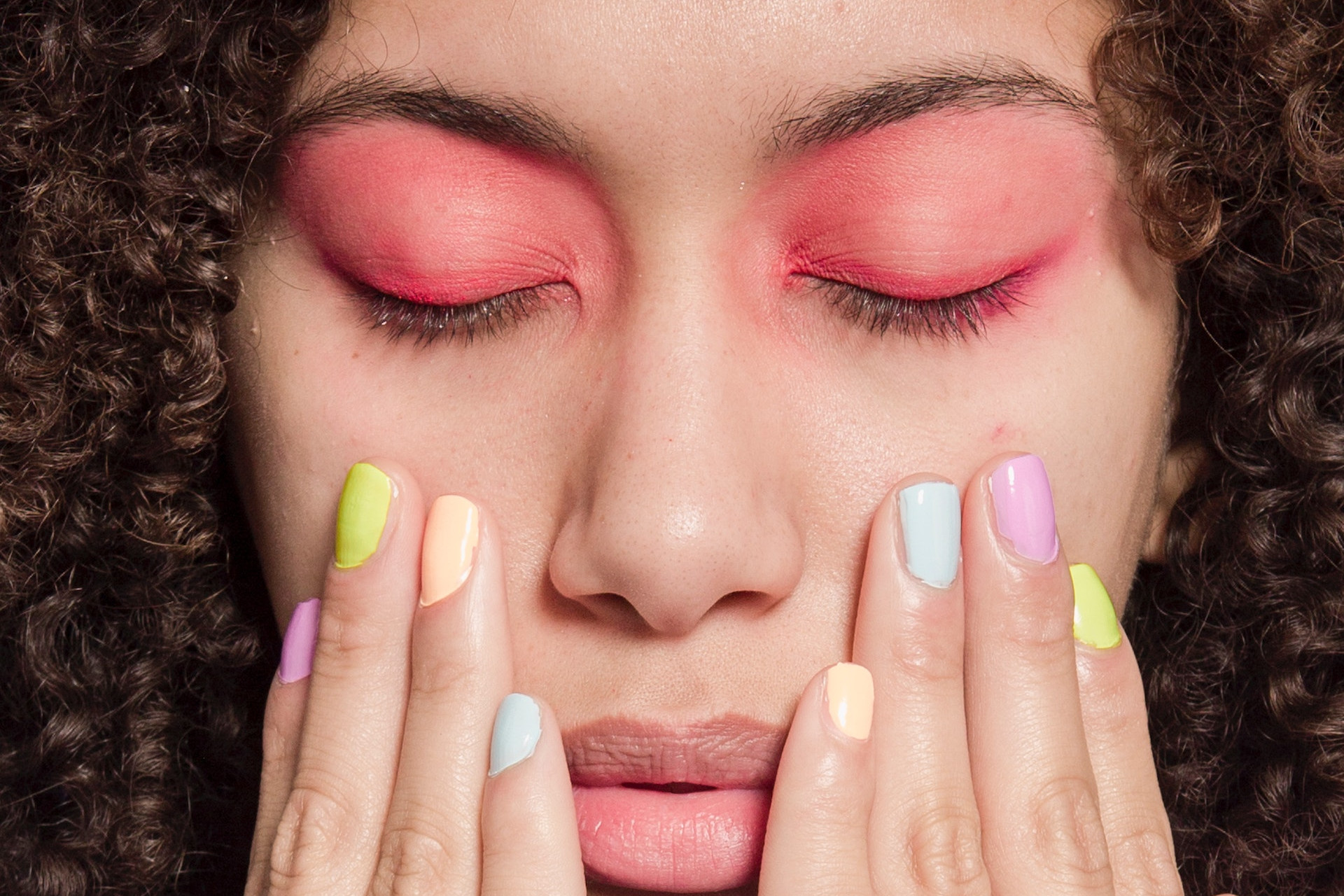
In the past, red light therapy was restricted to expensive salons and clinics. But these days, you can get FDA-approved devices for use in the home. Not only does this save you some cash, but you’ll save time going back and forth to the salon since you can do your 3 minute red light therapy sessions right in your own living room!
But before you go rushing out to buy your new at-home red light therapy device, there are a few things to take into consideration:
1. Intended Use
First of all, what is the main reason you want to use red light therapy? Is it for:
- Anti-aging on the face?
- Injury recovery?
- To alleviate symptoms of depression?
- Better sleep?
- To regrow hair lost due to androgenic alopecia?
There are a ton of reasons people want to try red light therapy. And your reason will heavily influence the type of device you purchase. That’s because different devices use different variations of red light and wavelengths to penetrate the skin. Each one will have it’s own combination to get the results as advertised.
Check out this infographic for more information on the different types of red light therapy devices available.
2. Body Area
Another aspect you need to consider is the body area that will be receiving the treatment.
For example, a helmet-style device is best for hair loss therapy. Or a small handheld device is perfect for facial anti-aging treatment. If you’re more into reducing inflammation and injury, you’ll probably need something much bigger like a full body panel.
Red light therapy devices come in lots of different shapes and sizes exactly for this reason.
3. Light Type & Color
You’ll find that different devices may use different “tones” of red to achieve the desired results, or a combination of different colors and wavelengths.
For example, infrared or near-infrared lights penetrate the deepest beneath the skin, so you’ll find them in devices used for things like hair growth or deep tissue injury, as they need to penetrate deeper under the skin to achieve results.
4. Intensity Levels
Unlike laser therapy, which works by causing a small amount of damage to your skin to encourage it to repair itself, red light therapy works directly on improving the cell’s energy production.
However, some skin is more sensitive to red light than others, so lots of at-home devices come with different intensity level settings. The intensity level you need also depends on how bad the problem is and what stage of your red light treatment plan you are in.
5. Safety Features
While red light is totally safe for at-home use, precautions still need to be taken. For example, most red light devices come with safety goggles, as certain colors and intensity can cause retina damage.
Other features to look out for include an automatic shut-off after treatment time so you don’t accidentally over-expose your skin to the red light and inadvertently cause some damage.
6. Skin Type
Luckily, red light therapy is perfectly suitable for all skin types. So skin sensitivity doesn’t mean you can’t partake, unlike lots of other beauty treatments.
Just be sure to follow the guidelines on your chosen device to make sure you choose the color and intensity level that’s right for the skin problem you’re trying to resolve, your skin type, and whether you’ve already been undergoing RLT.
7. Ease of Use
We’re all busy these days, so it would be nice to have a device that doesn’t take too much work, right?
So, before you choose your red light therapy device, consider whether you want it to be:
- A lightweight, handheld device
- Hung up or hooked on a wall or stand
- Like a lamp that stands on its own
- A full body panel that you can maneuver however you like
- Pre-timed
- Remote controlled
- Battery charged or needing an electrical outlet for use
No matter what your criteria, you’ll find the perfect at-home red light therapy device for you! Just make sure to do plenty of shopping around and choose an RLT device that ticks all your boxes.

















